Gentlemen,
Strange times are upon us. The recent instability in Norway has been exploited by Austria to secure control of the country. We weren't even aware their navy was capable of reaching Norway, much less in the strength needed to get their before the force we sent to restore order. As a result, we and the British have declared war on them to preserve Scandinavia's independence from Central European influence. So far, we have been successful in our first battle, sinking the Austrian light cruiser Zenta.
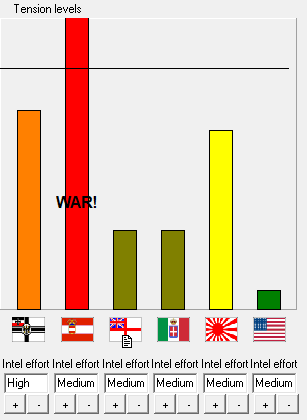
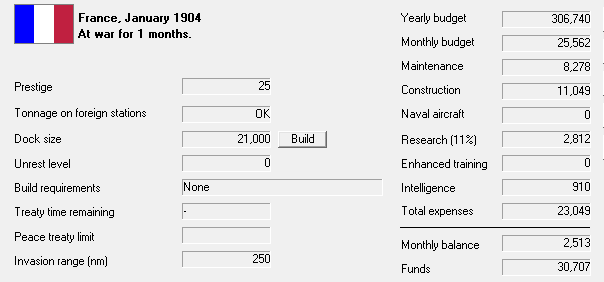
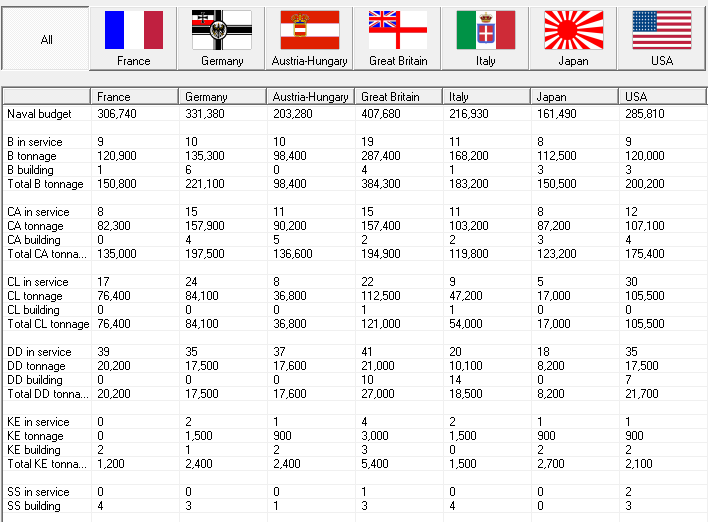
Overall, we aren't too worried about this war. While a direct numerical comparison shows our fleet as currently inferior to the Austrians, we have several mitigating factors. First, the British, possessors of the world's largest fleet, are on our side. They're unlikely to deploy too much firepower into the Mediterranean, but they are a useful counterbalance to Austrian attempts to reach Norway, and to any possible German entry into the war. Second, the war broke out while a large number of our ships were in yard hands, being refitted with Central Firing. Two CAs and two Bs will commission in two months, with another pair of CAs the next month. Third, our ships are larger and more capable than their Austrian equivalents. Read more...


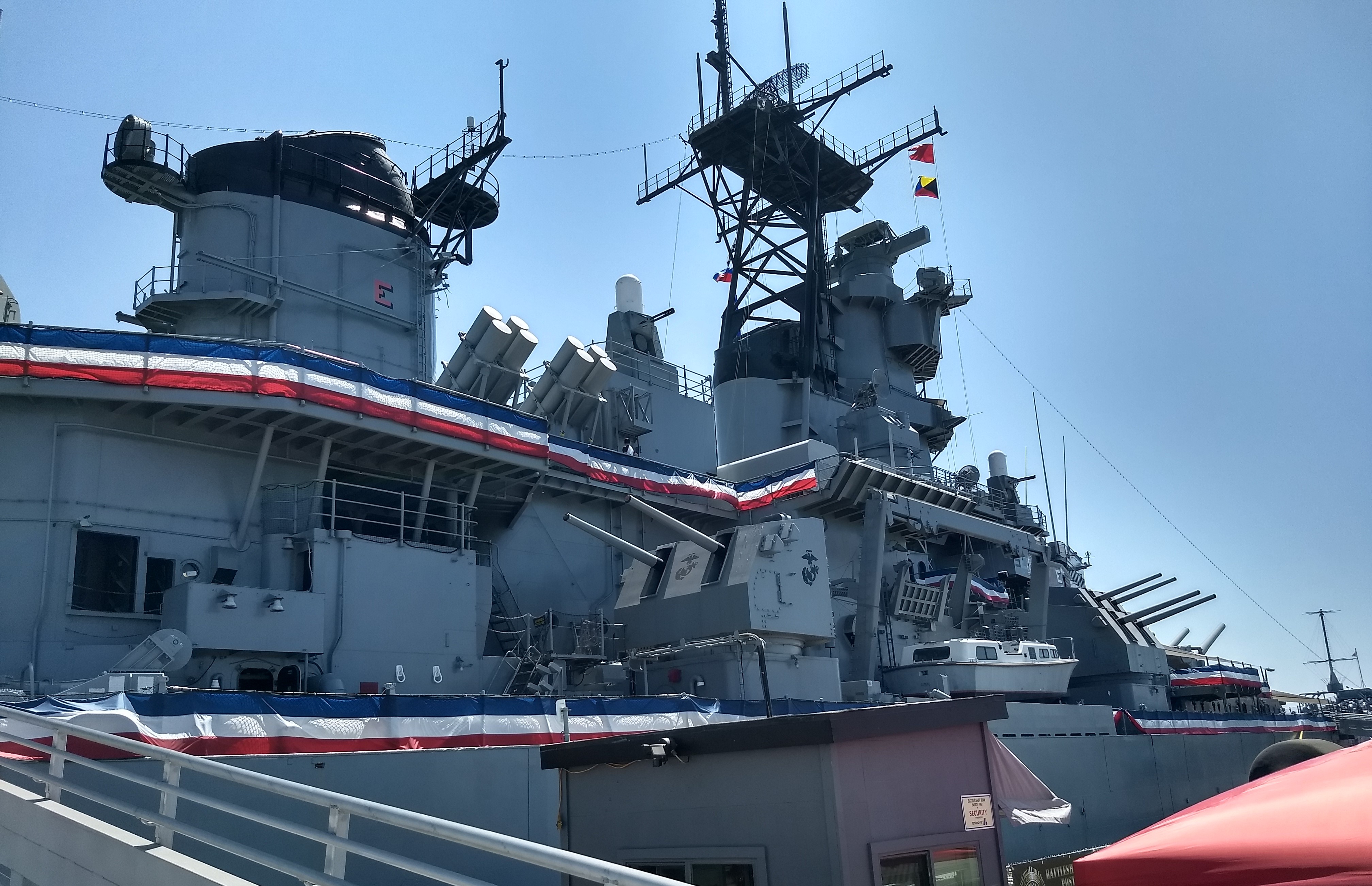
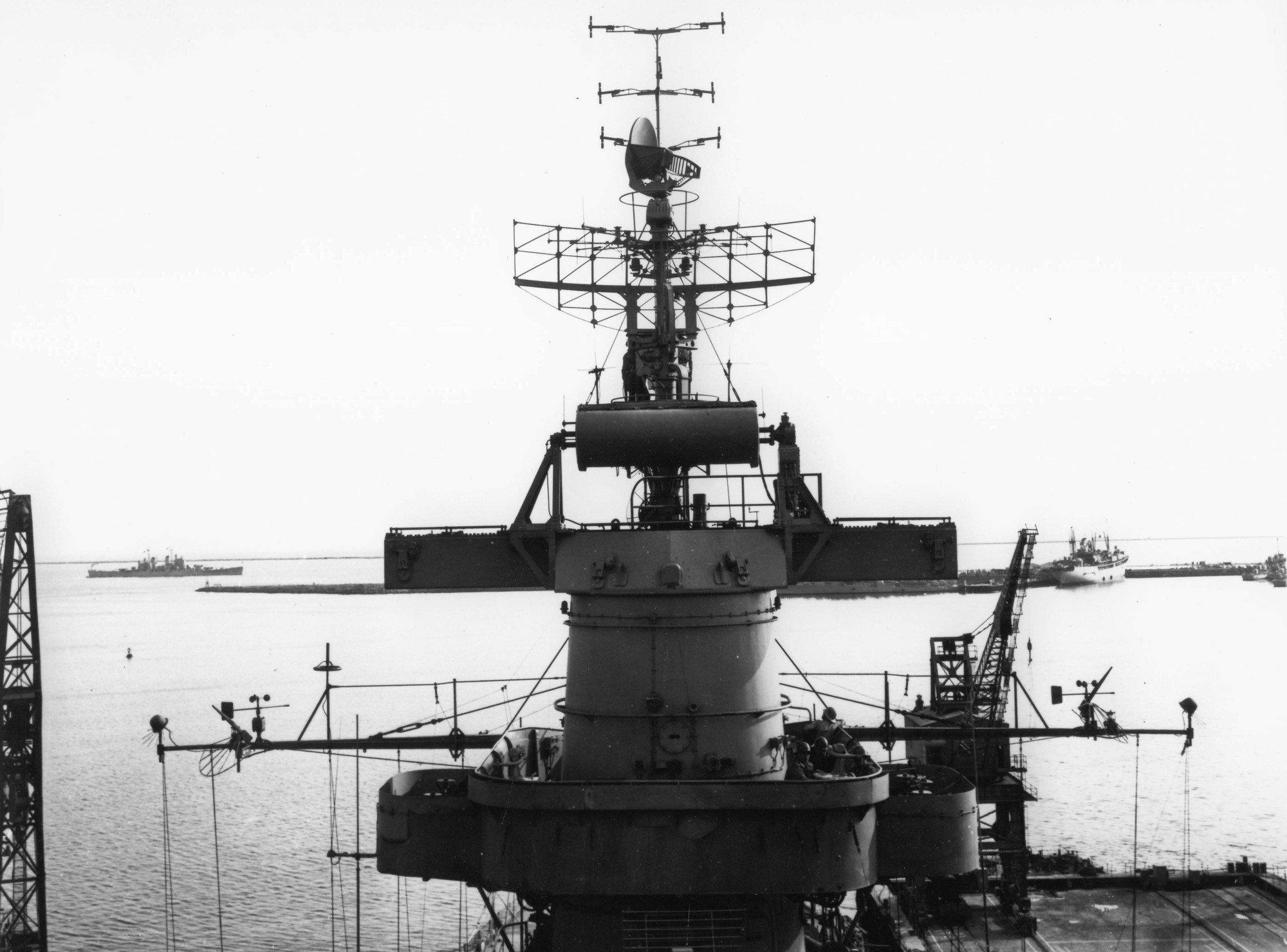
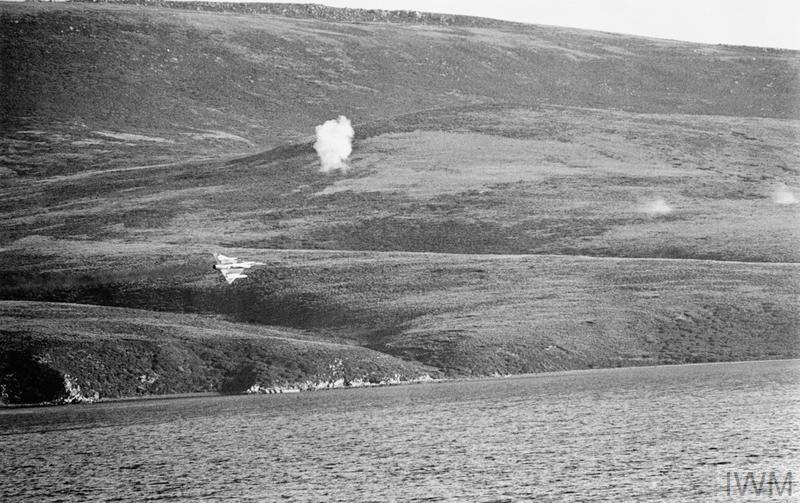
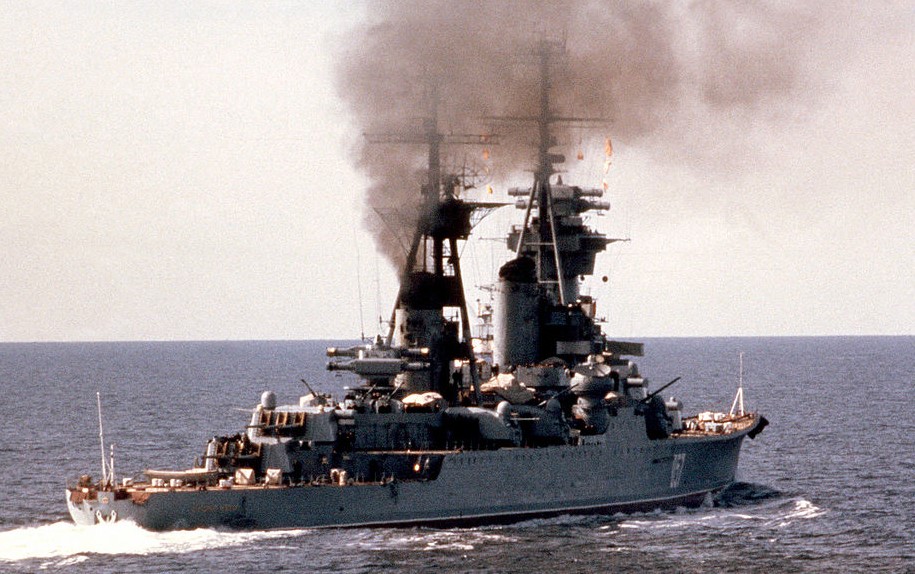
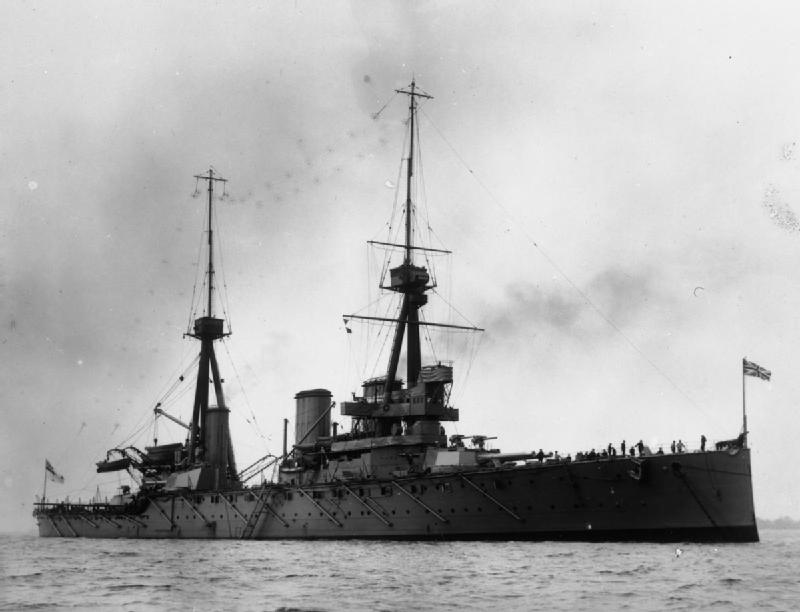
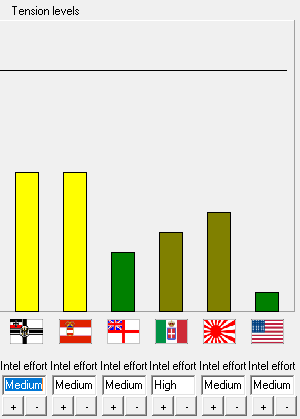
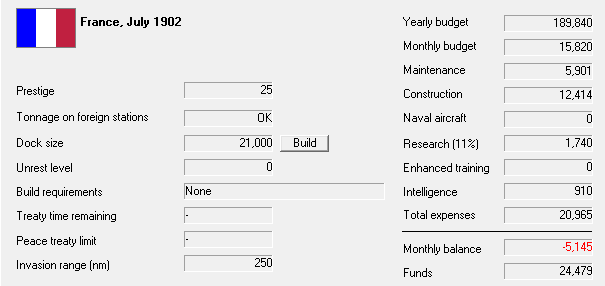

Recent Comments